From American Vision and CVA:
The Forgotten Clauses of the Magna Carta
By Bojidar Marinov
Published: September 22, 2010
If your children study medieval history, or history of England, make the effort to open their textbook on the chapter concerning Magna Carta and read what it says about the origins of Magna Carta. Whether the textbook is a Christian or a non-Christian textbook, you will learn that (1) in the early 13th century there was an evil king of England named John, (2) his barons rose in rebellion against him, and (3) in 1215 the barons forced King John to sign a document known as Magna Carta where his power over his barons was limited by law, and the barons’ privileges and freedoms were established and protected. In those textbooks that have a little more romantic view of English history you might learn that (4) the liberties listed in Magna Carta came from the traditional Saxon Law which defended the freedom of the individual. Later, (5) Magna Carta was applied to all citizens and became a sort of constitutional law for the kingdom of England. Not much more is said about Magna Carta.
While certain details in the picture the textbooks reveal are correct, the above picture about the history and the origins of Magna Carta is incorrect. It is a typical example of what scholars call “historical revisionism”—re-writing history by historians, teachers, authors, and politicians to fit a specific modern agenda, or to comply with specific modern view of the history of mankind. In this case, since Magna Carta is a document of unrivaled importance in the history of the West, the damage caused by the revisionist representation of its history is of major significance, especially if you are a Christian, and if you want your children to receive a good Christian education consistent with a thorough, comprehensive Biblical worldview. The historical truth is that Magna Carta was not drafted by the barons, the barons didn’t initiate it at all, and that the Carta had a completely different ideological origin and political and legal intent than what our modern historians presume. Far from being a generally political or legal document, the Carta was a Christian document first, and then everything else.
The falsity of the above historical narrative is revealed by a simple reading of the opening lines of the Carta itself:
John, by the grace of God King of England, Lord of Ireland, Duke of Normandy and Aquitaine, and Count of Anjou, to his archbishops, bishops, abbots, earls, barons, justices, foresters, sheriffs, stewards, servants, and to all his officials and loyal subjects, greeting.
Know that before God, for the health of our soul and those of our ancestors and heirs, to the honour of God, the exaltation of the holy Church, and the better ordering of our kingdom, at the advice of our reverend fathers Stephen, archbishop of Canterbury, primate of all England, and cardinal of the holy Roman Church, Henry archbishop of Dublin, William bishop of London, Peter bishop of Winchester, Jocelin bishop of Bath and Glastonbury, Hugh bishop of Lincoln, Walter Bishop of Worcester, William bishop of Coventry, Benedict bishop of Rochester, Master Pandulf subdeacon and member of the papal household, Brother Aymeric. . . .
Note carefully: The Magna Carta doesn’t start with barons, and doesn’t start with individual liberties. It doesn’t start with political considerations, and it doesn’t start with the issue of who holds what power. Magna Carta starts as a religious document, concerned with the “health of the soul” of the King, and with the “honour of God,” and with the “exaltation of the Holy Church.” In addition to that, the King acknowledges that the “advice” for signing the Carta comes from the bishops first, and then from the barons.
As if this was not enough, the main text of the Great Charter starts with the most forgotten clause that is very seldom quoted by modern historians:
First, that we have granted to God, and by this present charter have confirmed for us and our heirs in perpetuity, that the English Church shall be free, and shall have its rights undiminished, and its liberties unimpaired.
The question here is: If the signing of the Magna Carta was a conflict between the King and the barons, as the history textbooks tell us, then why does it start with a solemn clause to defend the liberties of the church? Why were the barons so concerned with the inviolability of the rights of the church rather than with their own rights? Why did it start with acknowledging the fact that the advice was given by the bishops, and only then by the earls and barons of the Kingdom? Isn’t it strange that a document presumably initiated by the barons pays such high homage to the church? Also, if Magna Carta was based on the “traditional liberties” in the Saxon Law, why doesn’t it mention those liberties, and why does it refer to God as the source of all liberties?
The answer is: Magna Carta wasn’t drafted by the barons, and the English liberties did not come from a political struggle. The liberties of England came from the Church, based on the ideological foundation of the faith in Jesus Christ, and the application of His Law in the English society. The signing of Magna Carta was the culmination of a centuries-long war between the pagan and the Christian concepts of law and power. At Runnymede the Church won the victory for Christianity, and by this victory England—and consequently America—was blessed with freedom more than any other nation in Europe.
Magna Carta wasn’t the first historic document imposing obligations on the English kings and limits on the royal power. The Magna Carta itself was based on an earlier document known as The Charter of Liberties of Henry I, of 1100. The Charter of Liberties was a landmark document. What is more important, no barons were known to participate in its creation. The Charter of Liberties was entirely the fruit of the activity of the church in opposing Henry I’s brother William who abused his royal power. Upon his coronation, Henry presented the Charter. It started with the same first clause:
Know that by the mercy of God and the common counsel of the barons of the whole kingdom of England I have been crowned king of said kingdom; and because the kingdom had been oppressed by unjust exactions, I, through fear of god and the love which I have toward you all, in the first place make the holy church of God free. . . .
Henry had a good reason to start with this clause. Not that he had a special love for the church and the priests. In fact, he spent his whole reign in struggles against the bishops and the Pope in Rome over who will have the ultimate power to declare the law of the land. But whether he liked the church or not, he knew he couldn’t win against the church. The church had a theology of liberty, and a theology of resistance. The bishops could lead the barons and the population of England better than any king could. So Henry knew he had to start his reign with acknowledging the superiority of the church, and therefore limiting his royal power. It was his fear of the power of the church that gave England her first Charter of Liberties. From his first day of coronation, until the execution of Charles I in the hands of the Puritan Parliament, the history of England would be a history of the church’s unrelenting war against royal absolutism.
But more important, even in that first Charter, the church was not the only beneficiary of freedoms. All the liberties we know today as indispensable for a free society were included in it. A Christian society was a free society, and the Church of Jesus Christ was there to assure that Christian liberty was protected.
His grandson, Henry II, didn’t learn the lessons from his grandfather. Henry II tried again to establish his absolute power in the Clarendon Constitutions of 1164. Again, he was opposed by a cleric, his former dear friend, Thomas Becket. It is widely accepted today that Becket and Henry argued only over the power of the church. The truth is, there was more than just the church. Henry II challenged the law of ecclesiastical courts which established limits on the king’s judicial power over priests and laymen alike. Issues like voluntary alms, inheritance and wills, property, family law: all the areas that the modern totalitarian state declares as its domain, the church was unwilling to give to the civil government for total control over the lives of the population. Becket’s firm resistance earned him his death; and yet, Henry didn’t win. Again, the church was the champion of liberty; the only champion of liberty, since the barons were inept and lacked a clear ideology of liberty, as well as a clear strategy for action.
The barons weren’t much more conscious of liberty and organized in the days of his son, King John. For 14 years after he became king, his barons didn’t do anything against him, although he was steadily encroaching over their rights. In fact, it is very possible that the barons didn’t even know or remember that they had liberties and rights. Only in 1213, when Stephen Langton, the Archbishop of Canterbury, reminded the barons that they had liberties and rights secured in the Charter of Liberties signed by Henry I, the barons decided to act. By that time both the barons and the King were sure about one thing: The Christian Church in England won’t submit to any king, won’t agree to any expansion of royal power, and won’t agree to any return of the old pagan laws that favored the powerful over the common people. The Church, with its unrelenting fight for liberty, had won a position of a check and balance on the power of the powerful. From now on every king, every ruler, and every baron would have to consider the Law of God as declared by the Church as his first obligation. Every other law had to be based on that higher law.
And thus, in 1215, with Stephen Langton’s name at the head of the list of bishops, King John acquiesced, but not to the nobility. He submitted to the Church and to her higher law, the law of Christ. After 1215 England would still see kings and queens who tried to usurp absolute power. But the seed of liberty was planted, and all England—king, barons, and commoners—knew that the seed was the Christian religion.
So strong was this understanding of the role of the Christian religion in securing the English liberties that 450 years later, in the English Bill of Rights of 1689, the Lords of the Realm started their complaints against James II with the words:
…the late King James the Second, by the assistance of divers evil counsellors, judges and ministers employed by him, did endeavour to subvert and extirpate the Protestant religion and the laws and liberties of this kingdom…
For them the Christian religion and the liberties and the laws were inseparable. They were just as inseparable another 100 years later, when James Madison found suitable to make freedom of religion the first and most important clause in the Bill of Rights:
Congress shall make no law respecting an establishment of religion, or prohibiting the free exercise thereof…
Contrary to the modern legal misinterpretations of the text, an “intelligent reading of the English language” tells us that the author of the Bill of Rights meant protection of religion from Congress, not the other way around. Again, almost 600 years after Magna Carta, the descendants of the signers at Runnymede understood the connection between the freedom of the church and the liberties of the nation.
There is an important lesson for us in all this. If England and later America were the beacon of liberty to the world for many centuries, and if that liberty came from the church and its willingness to stand for the reign of Christ in the culture, the modern loss of liberty in America can be traced no farther back than the refusal of the churches in our land to stand for the truth of God. When the churches retreated to their cloisters of personal evangelism and “church business,” the candidates for absolute political power have grown strong. There is only one ideology that can defend freedom successfully: the religion of Jesus Christ. And there is only one institution that can declare that ideology of liberty to the world: The Church of Jesus Christ. When the church remains silent, and when the pastors refuse to remind their congregations of the liberties they have for their birthright – as Archbishop Langton reminded the Englishmen of his time – we will see the progressive triumph of tyranny in this land. If our pastors refuse to follow Archbishop Langton’s example and lead us to liberty, they are not worthy of the name “pastors.” The restoration of liberty can start only from the restoration of the message of comprehensive Biblical worldview, and the crown rights of Jesus Christ over every area of life. Anything less than is treason against the High King and will lead to tyranny.
Tuesday, October 19, 2010
Subscribe to:
Post Comments (Atom)
.gif)



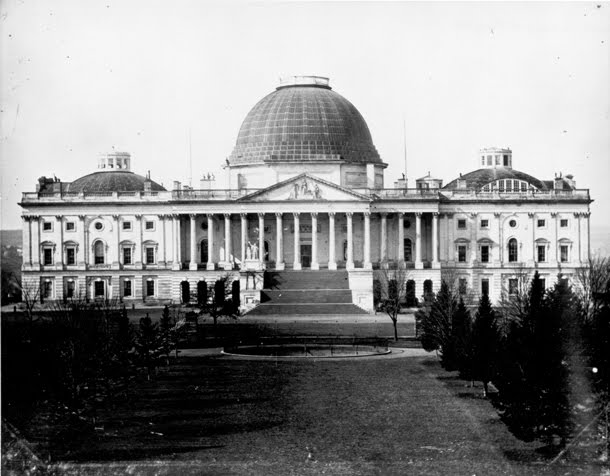









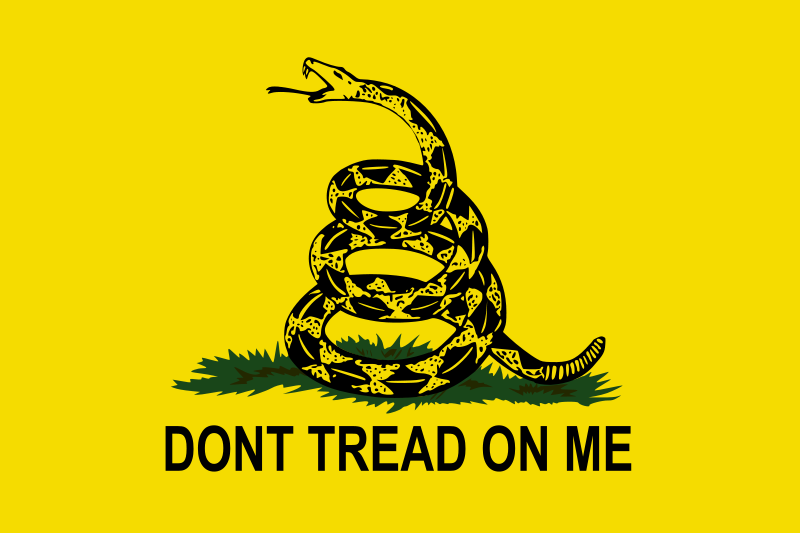
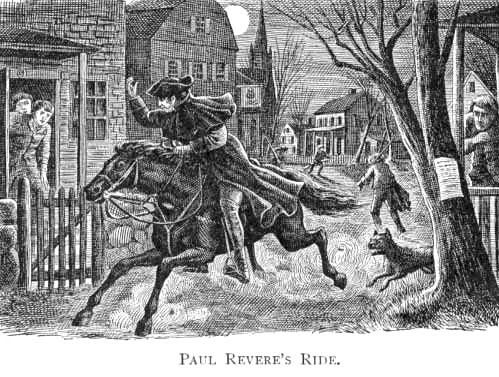

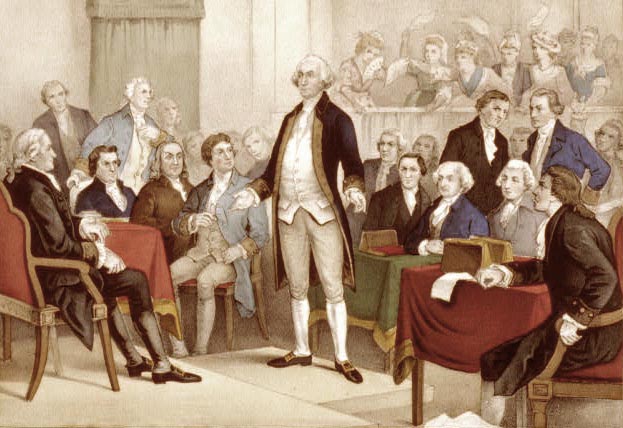

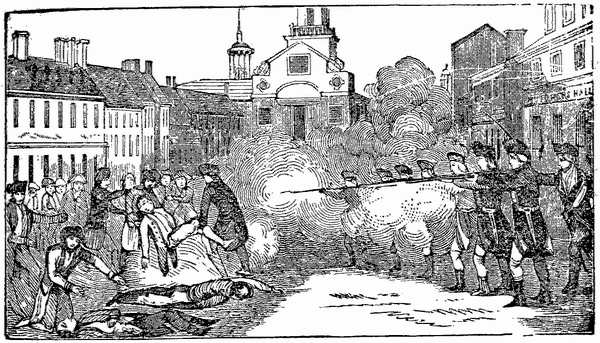
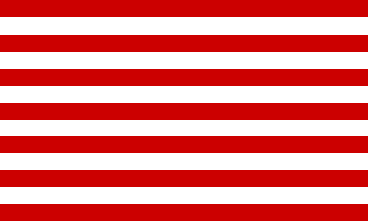
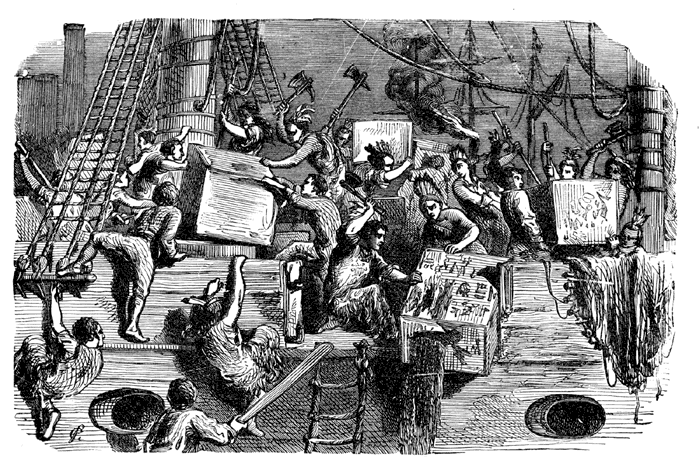




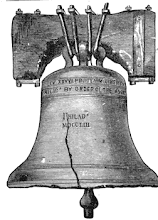




No comments:
Post a Comment